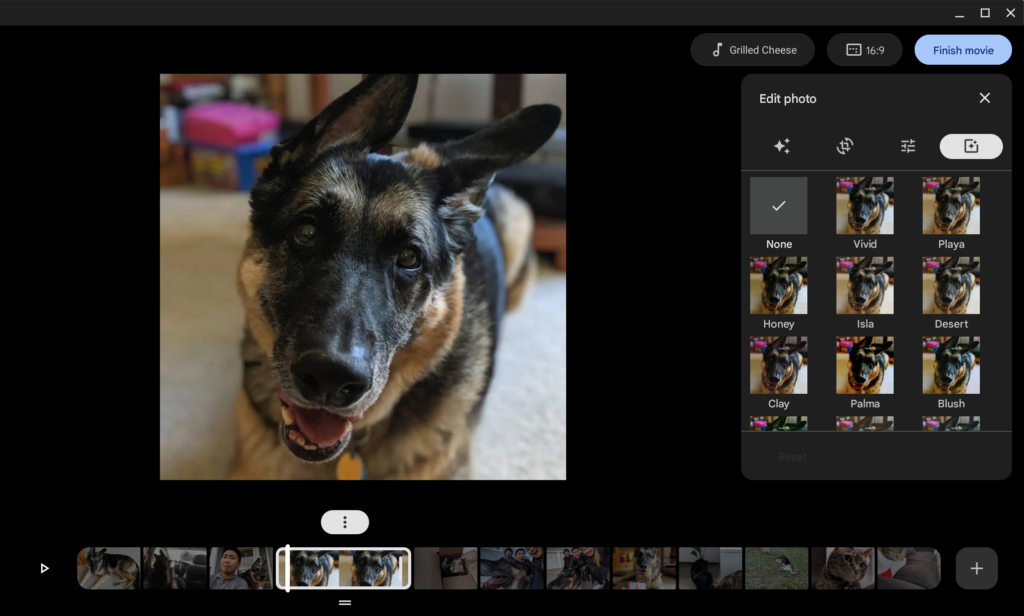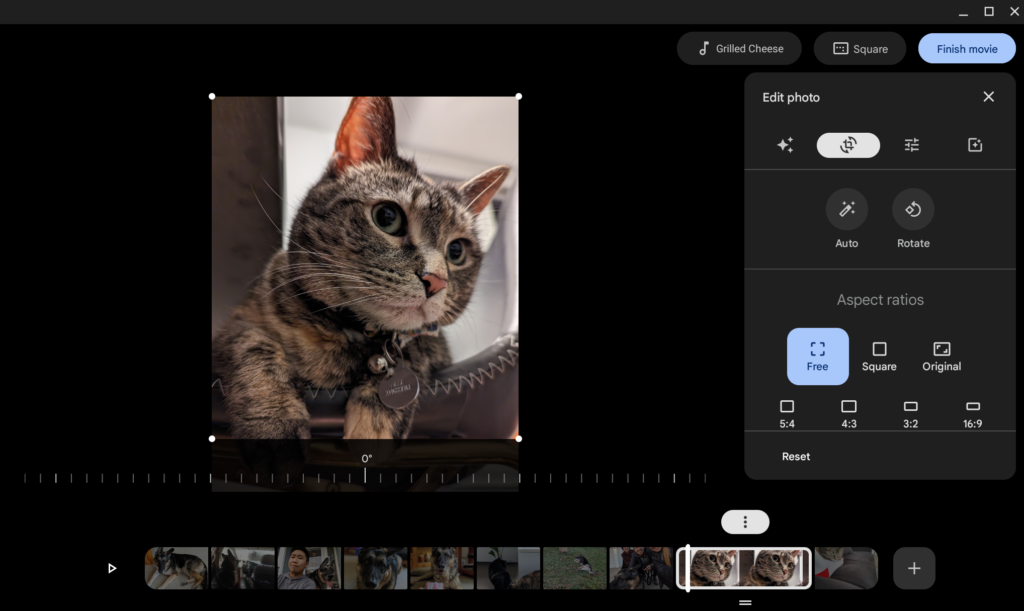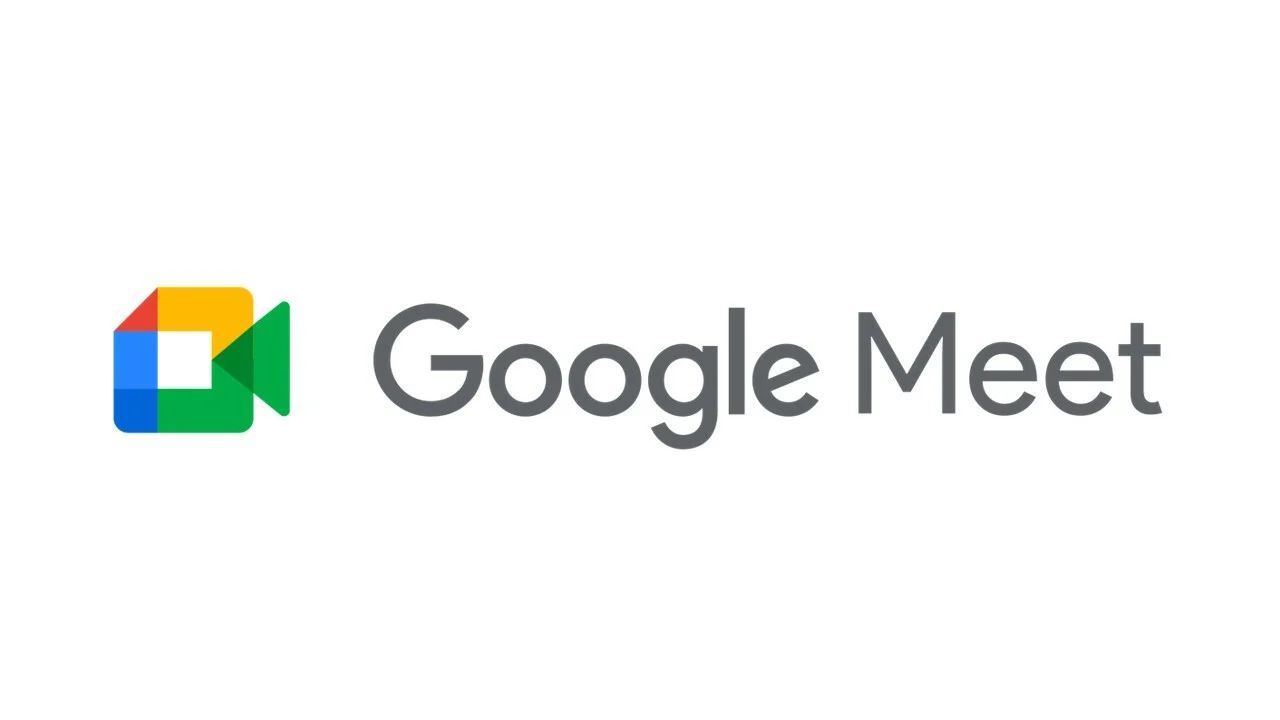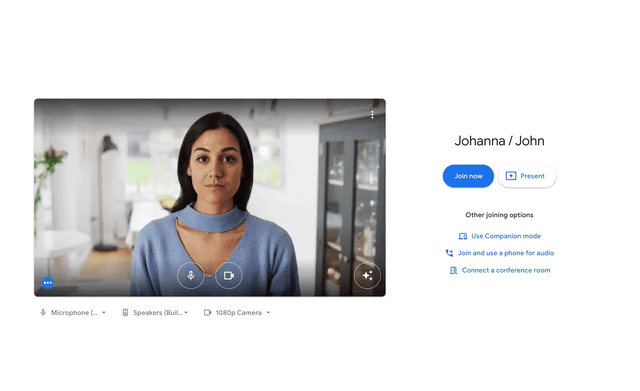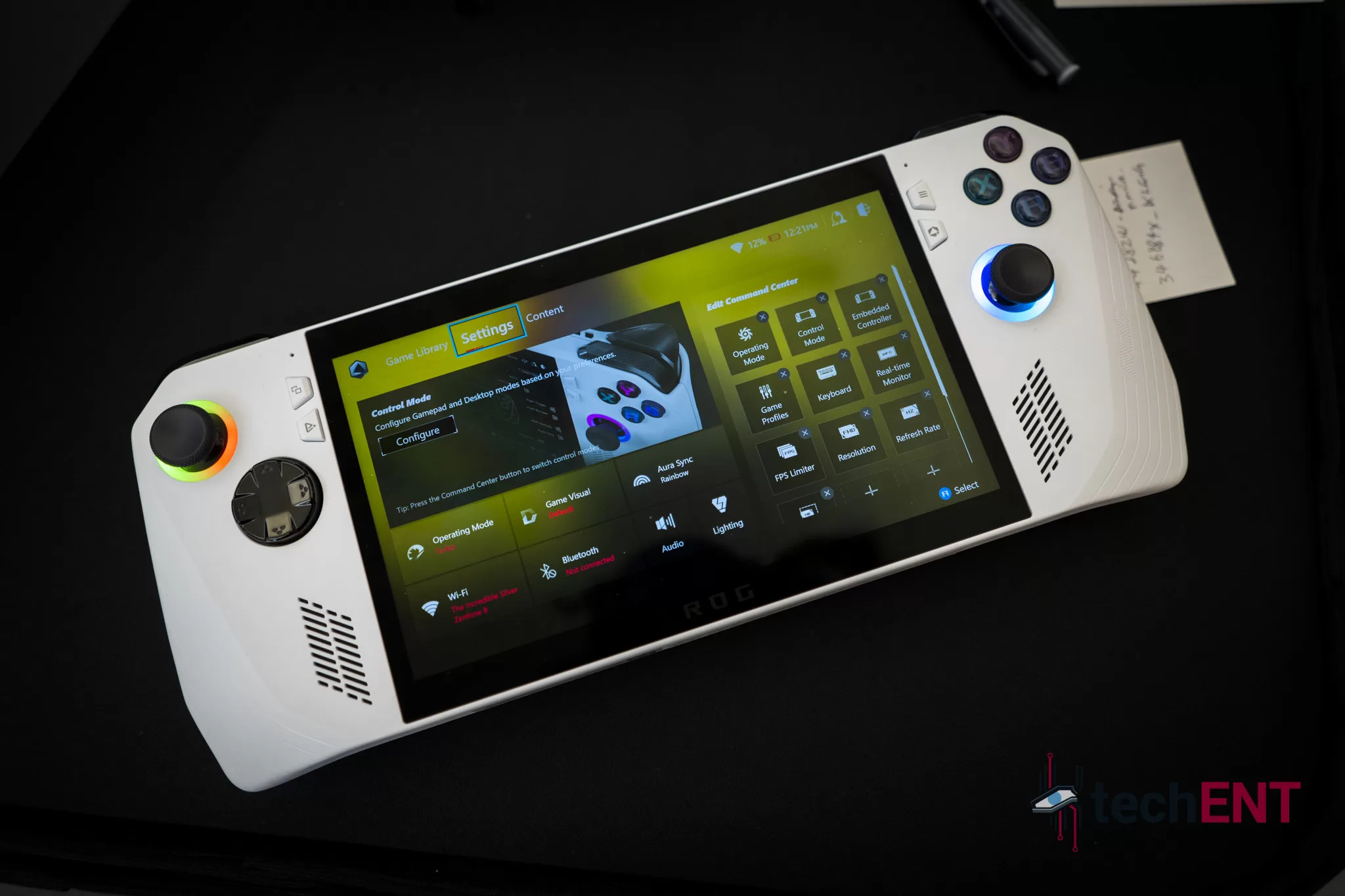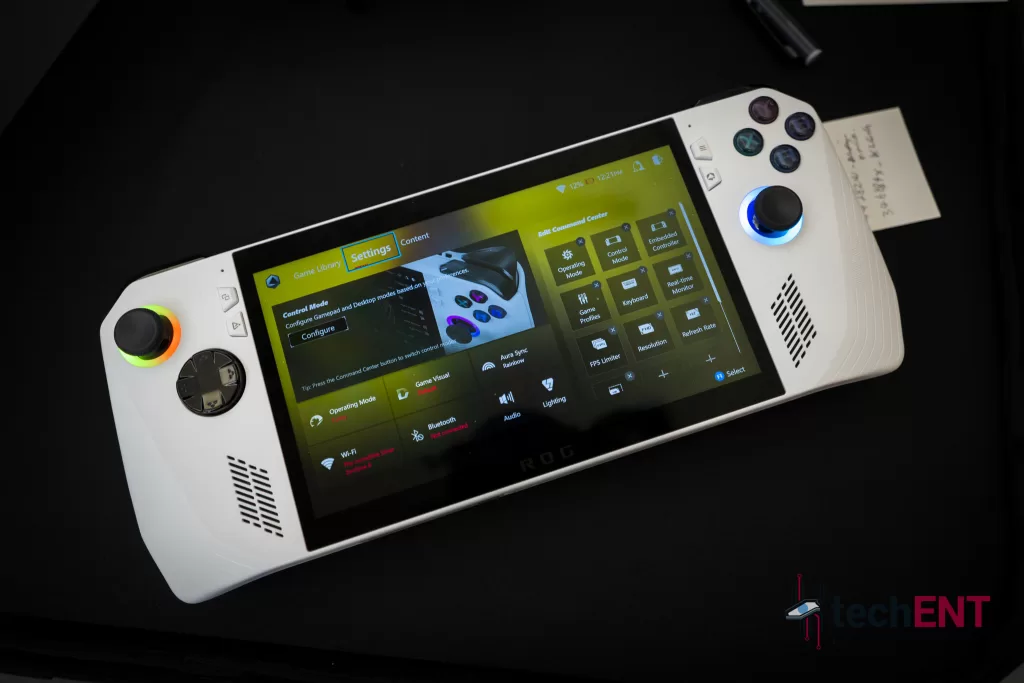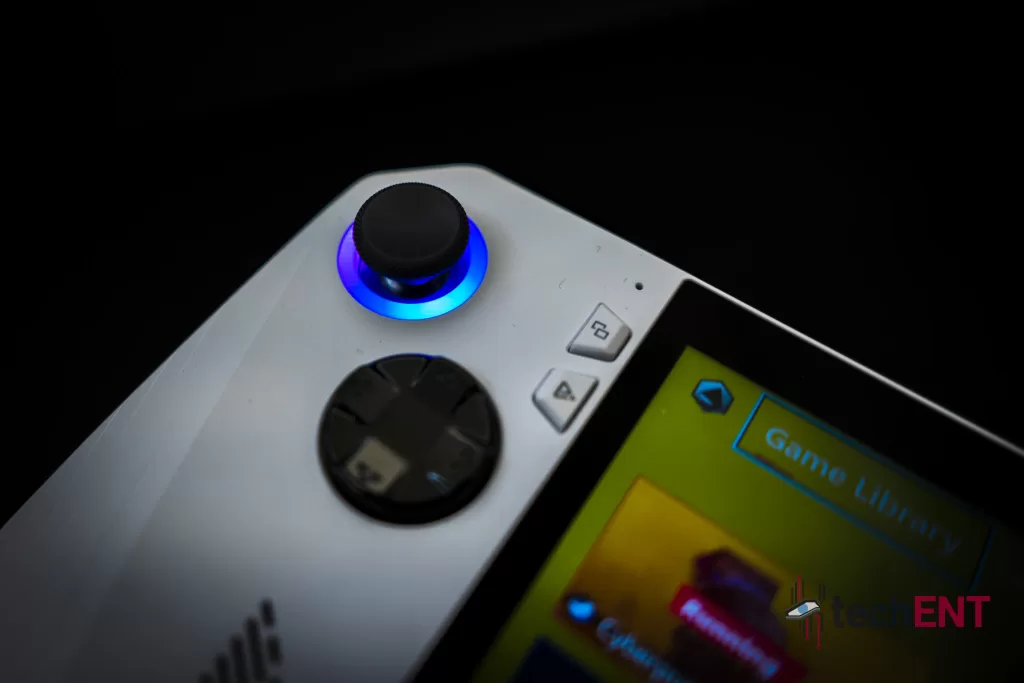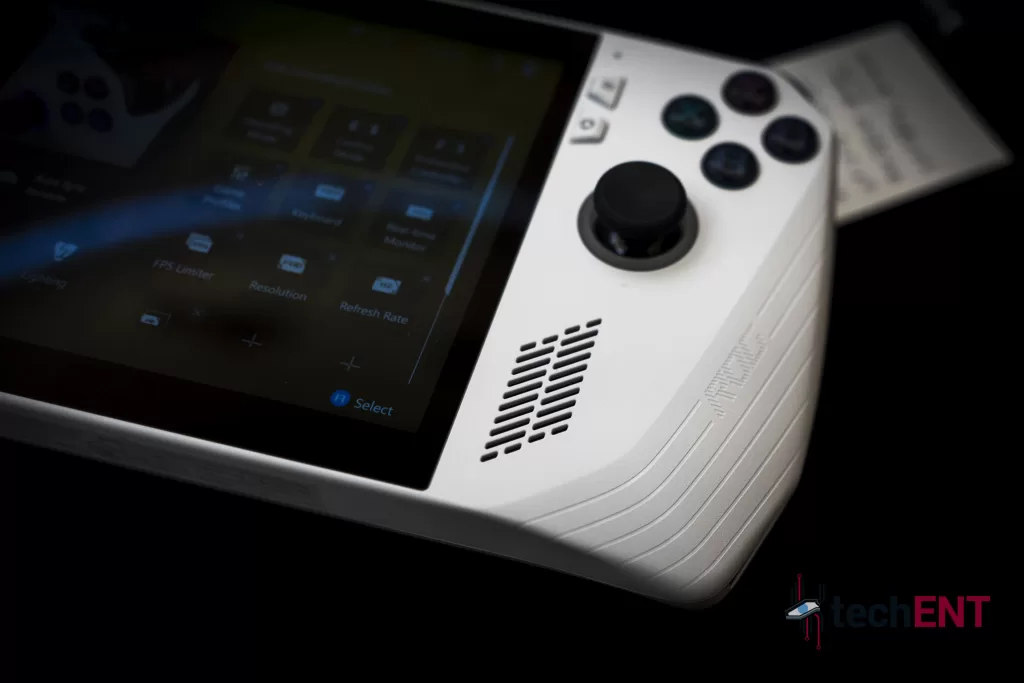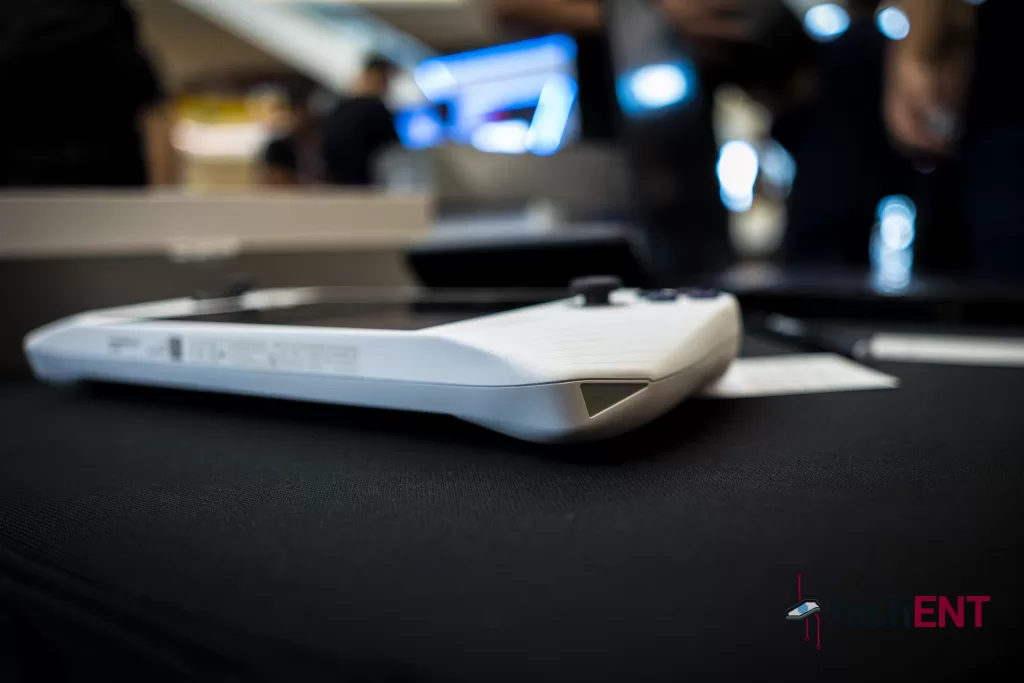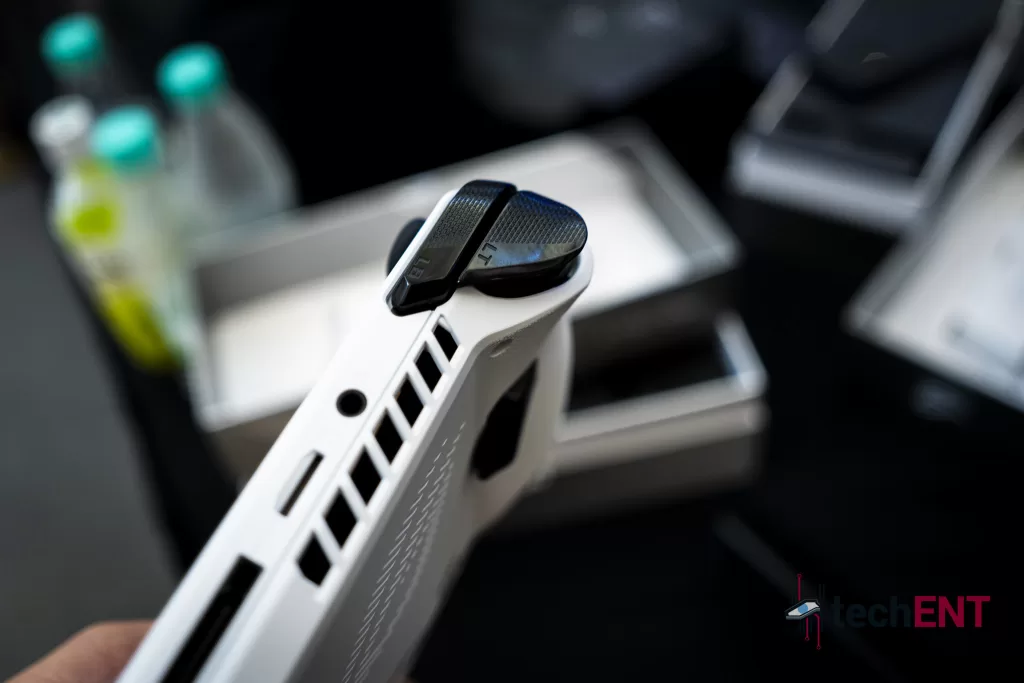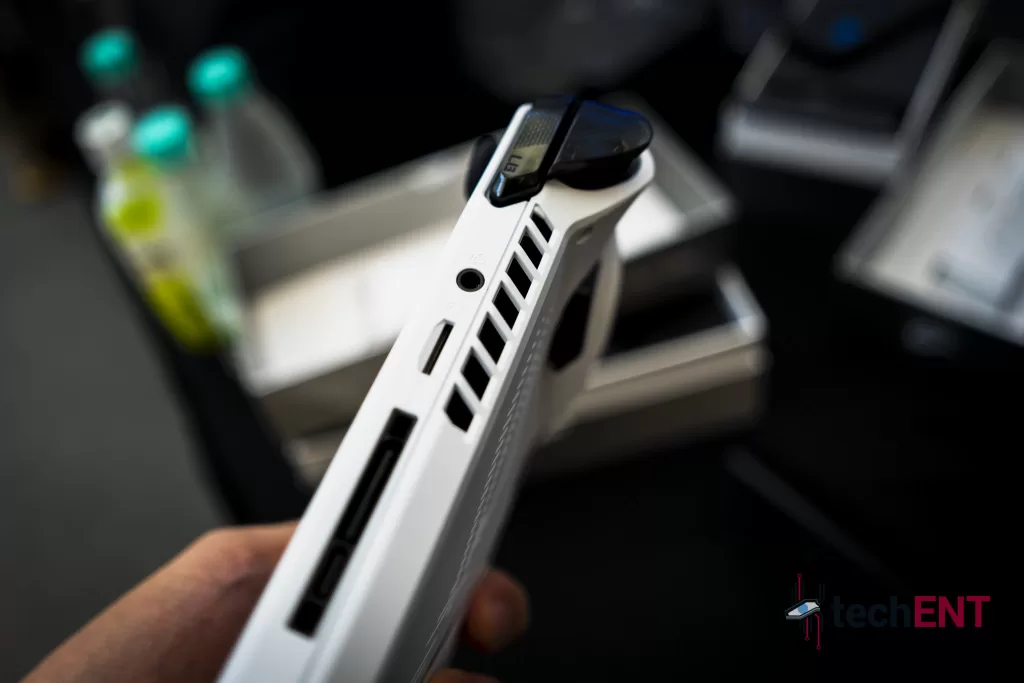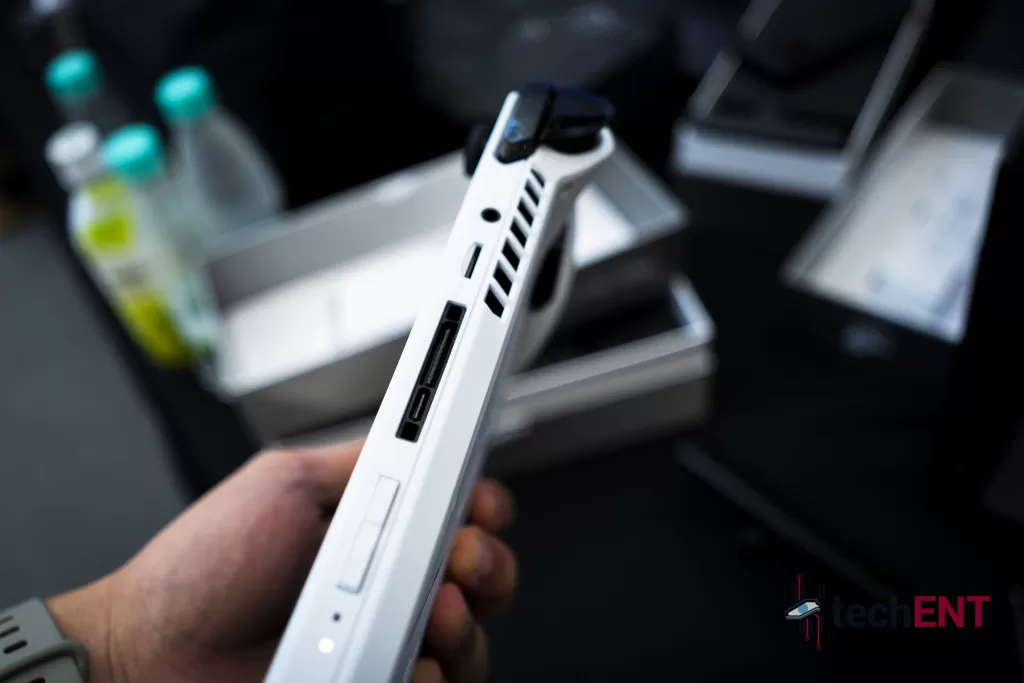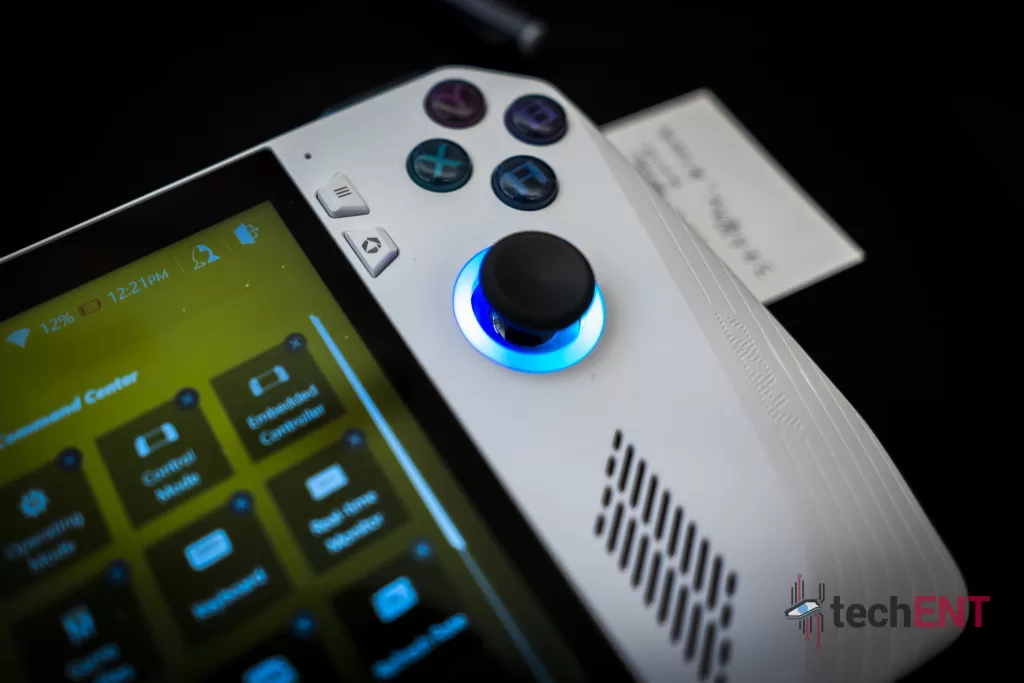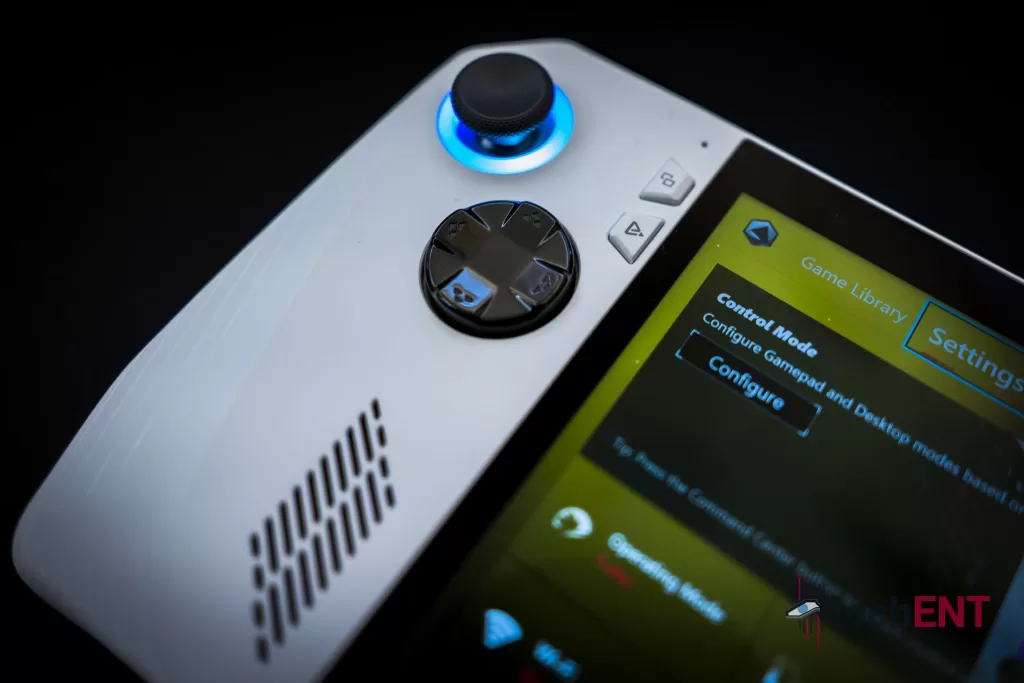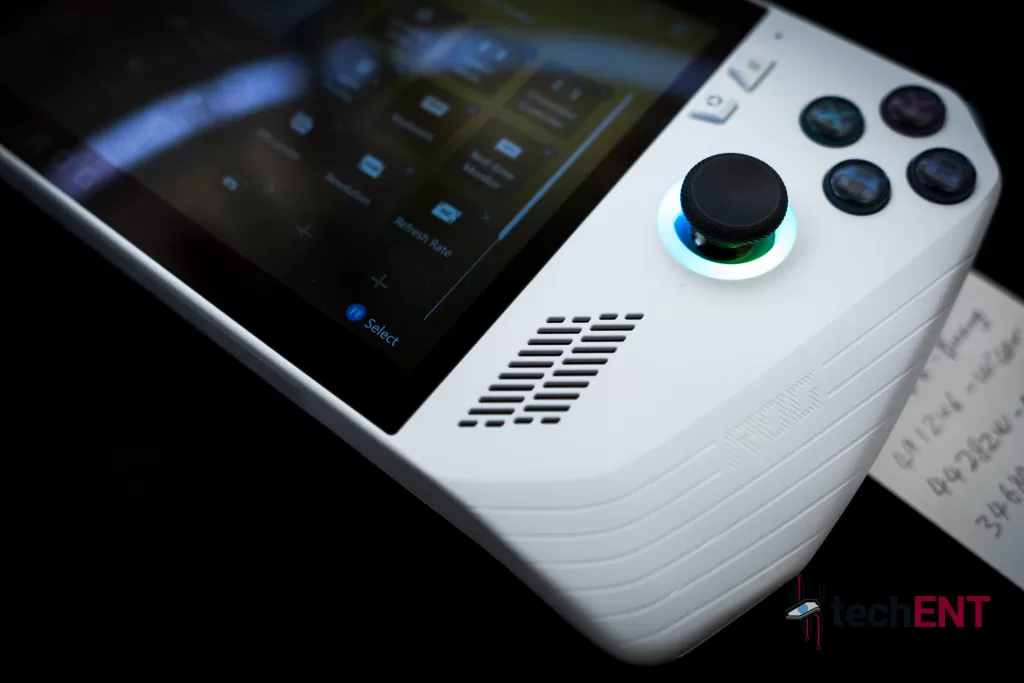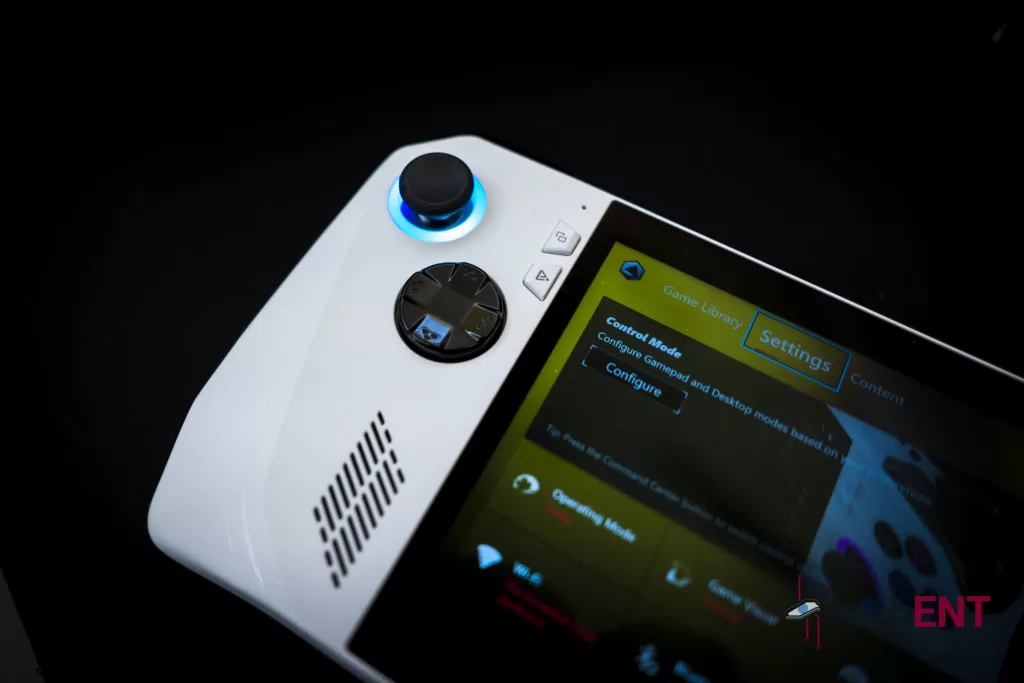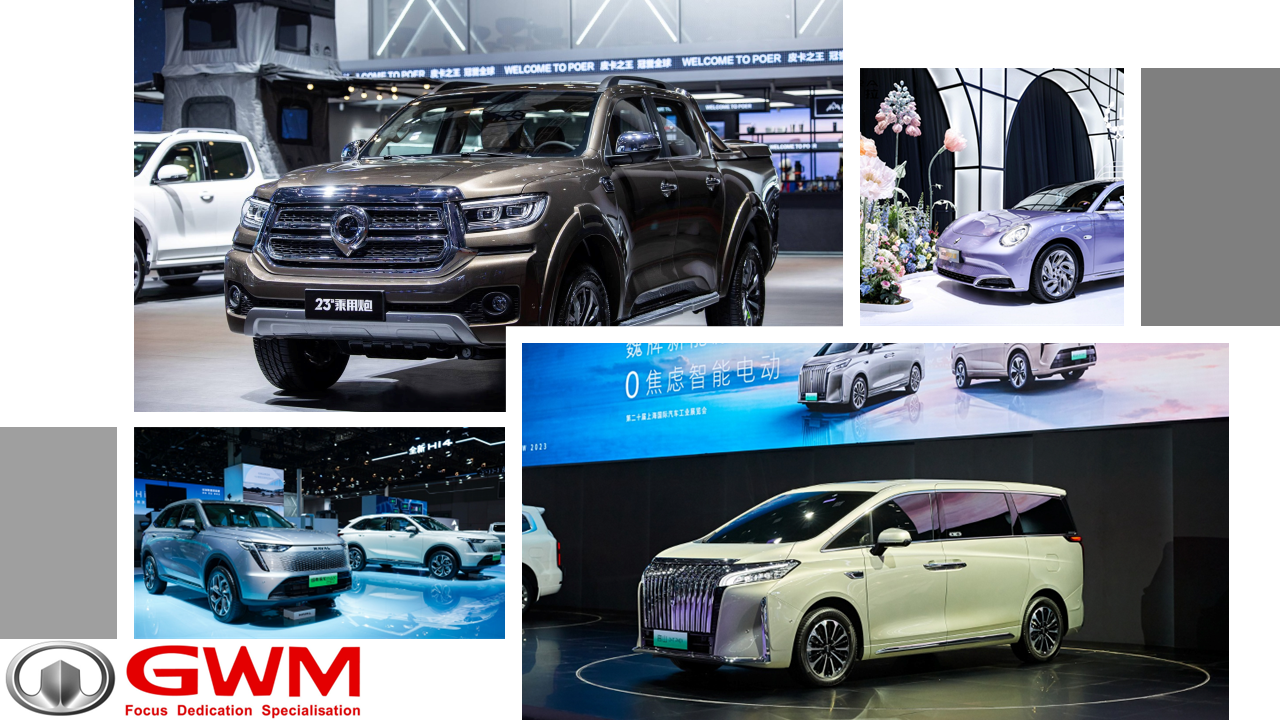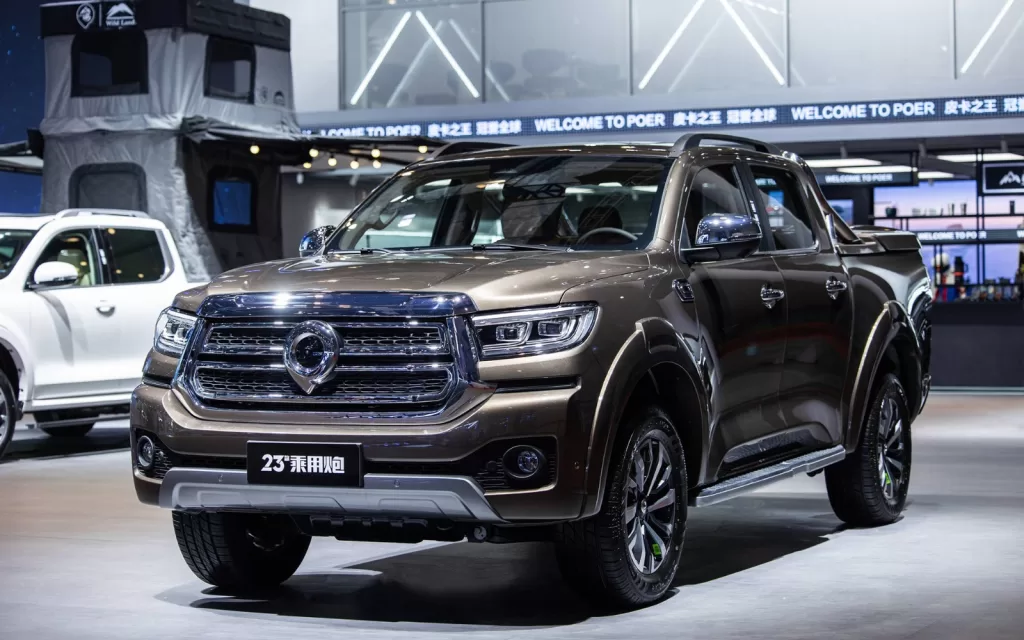Google I/O 2023 has been announced and it is happening on the 10th of May 2023. Among other things, we expect to see a new Android being announced. We expect to see the new Google Pixel 7 series for 2023 with their second-generation Tensor, the Google Tensor G2 integrated chip. We could see a new Android Wear update, or a new Google smartwatch being announced in I/O. These are all speculations and expectations though. There is one thing that Google have just confirmed as of yesterday that you will see at Google I/O 2023, the Pixel Fold.
The Pixel Fold announcement is more like a teaser than anything else. They announced on their Twitter and Pixel store that the Pixel Fold is coming with a teaser video. The 8-second video does not tell us much more than what we the rumour mills have said about the Pixel Fold though. It shows the exterior display, internal display with some bezel space to fit a front facing camera, the rear camera with Google logo to boot below it, the hinge plate, and the unfolding of the device. There are no details whatsoever in the teaser video on its specifications, hinge mechanism, or the version of Android it comes with. The teaser also only showed a single colour option for the Google Pixel Fold. Expect a black colour variant though, always expect black colour as an option.
It is not hard to figure out what you might get with the highly anticipated foldable device though. Based on many rumours, reports, and educated guesses, we can expect the Google Pixel Fold to come with their very own Tensor G2 chip rather than a Qualcomm one. It is also reported that the external display will measure at 5.8 inches while the internal main display will measure at 7.6 inches. The displays are supposed to support up to 120Hz in refresh rate.
As for the camera, rumours and reports point to a 48-Megapixel main camera supported by a 10.8-Megapixel ultrawide shooter, and 10-8-Megapixel telephoto camera with up to 5x optical zoom and 20x hybrid zoom. The rumours also point to a larger and more durable battery to its main rival, the Samsung Galaxy Z Fold4. They say that this will have a battery that can go on for up to 72 hours on a single charge, which is quite a bold claim considering battery technology has stagnated for a while.
As for the price, rumours suggest that the Google Pixel Fold will be sold at US$ 1,700 (MYR 7,544*) onward andu p to nearly US$ 2,000 (MYR 8,876*). While the prices are not too far off Samsung’s offering, they are still rather premium. Like the Google Pixel devices though, Malaysia will most likely not see the device in an official capacity at least. You can expect our good neighbour Singapore to get it sometime after the device goes on sale in the United States (U.S.) though. In that case, you might be able to secure your hands on one from Singapore if you really want one. More on Google’s Pixel Fold and Google I/O 2023 can be found on their website.
*approximately based on exchange rate of US$ 1 = MYR 4.44 as of 05/05/2023 on xe.com
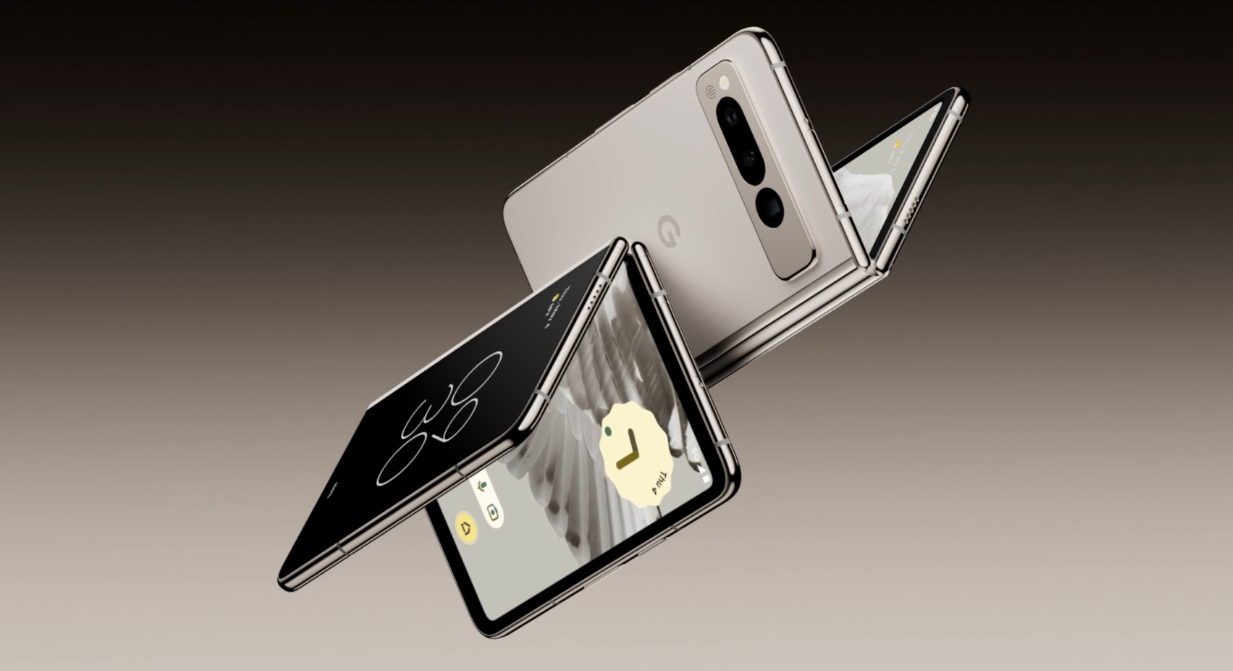
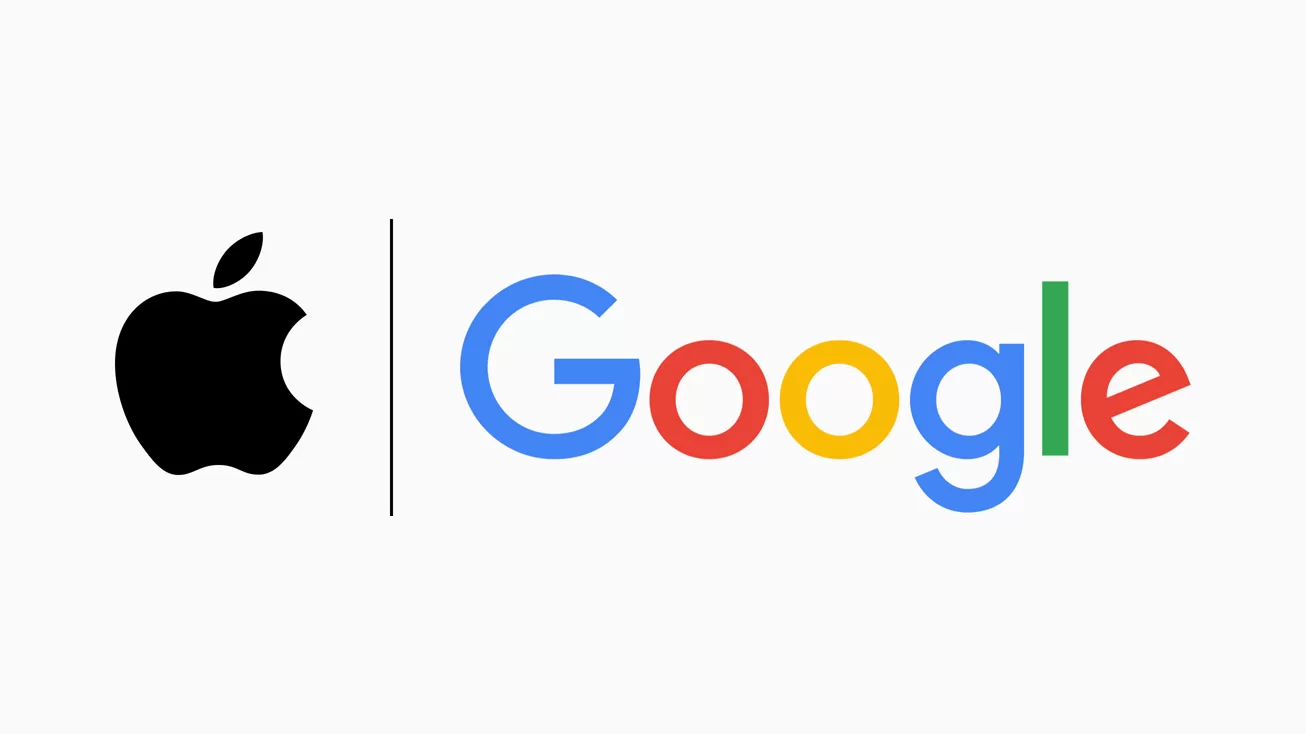
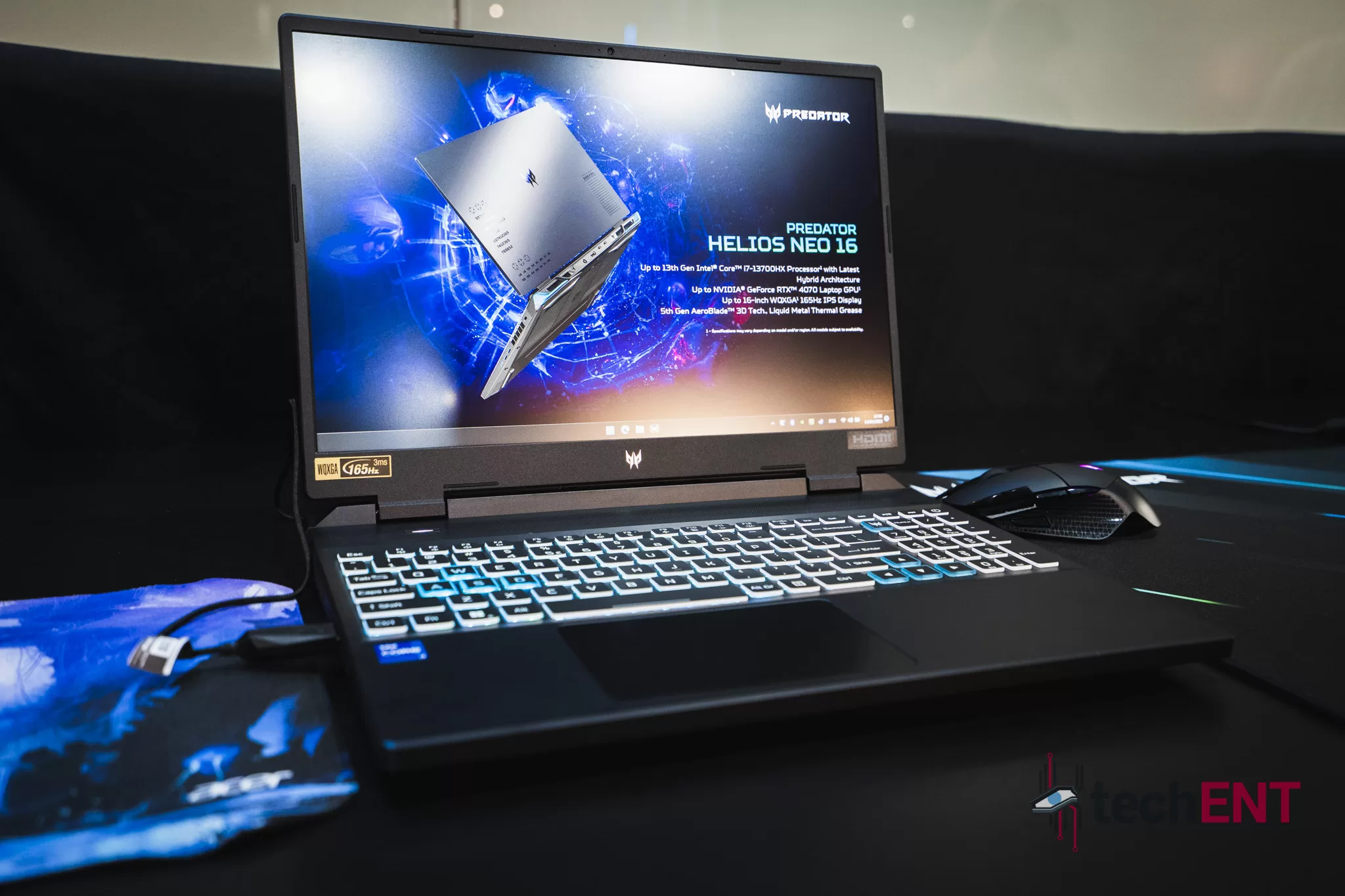



















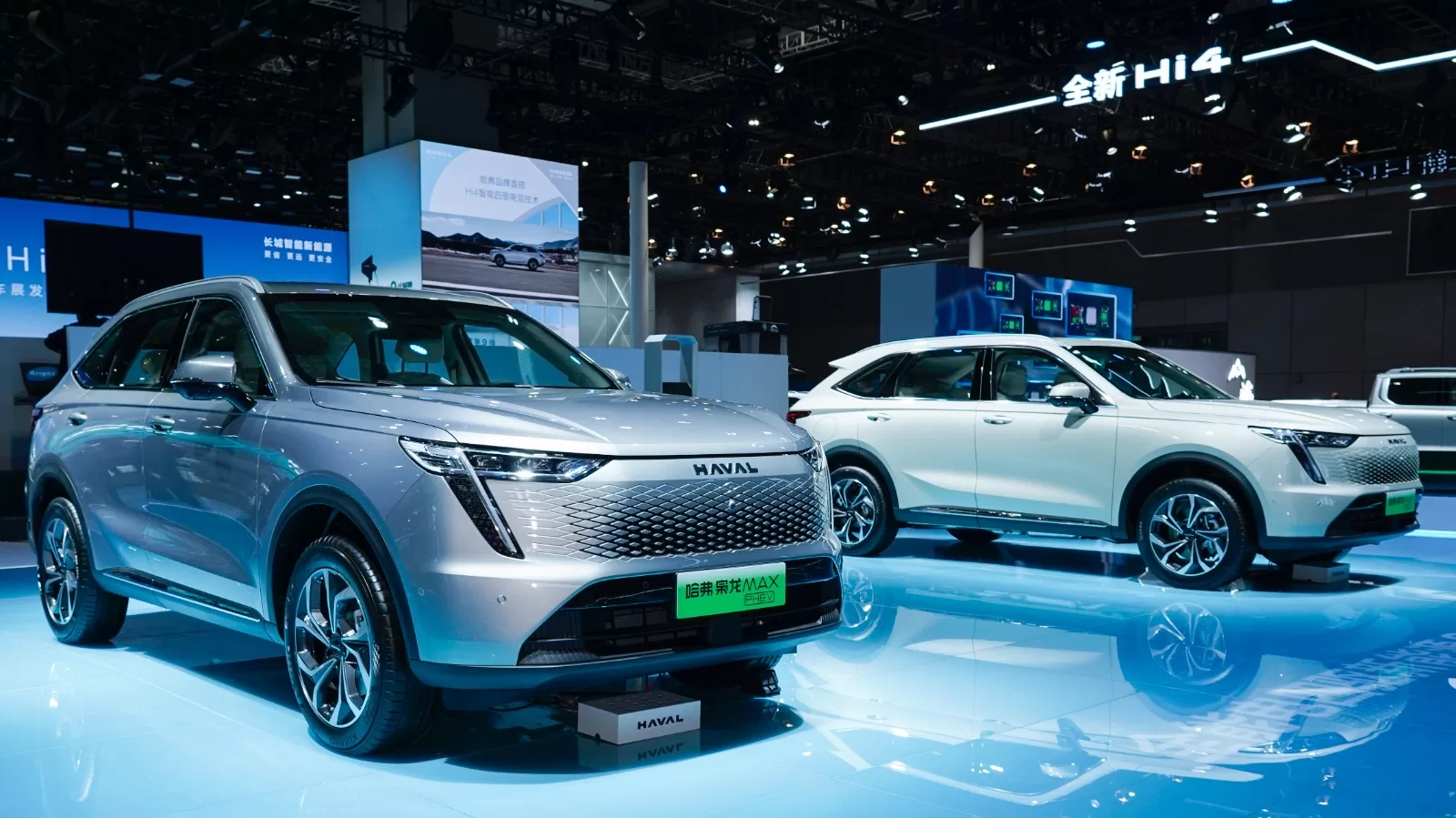
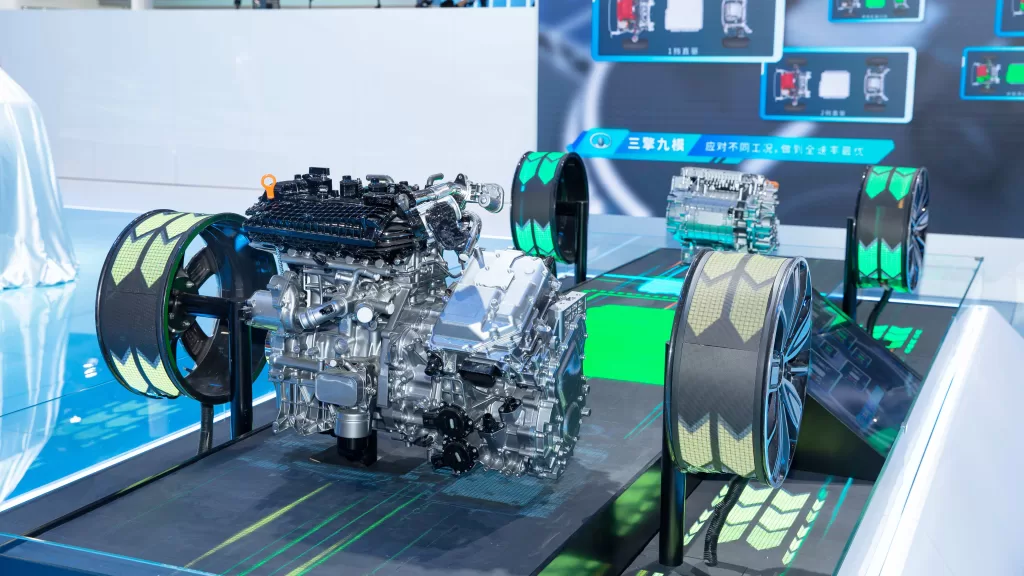

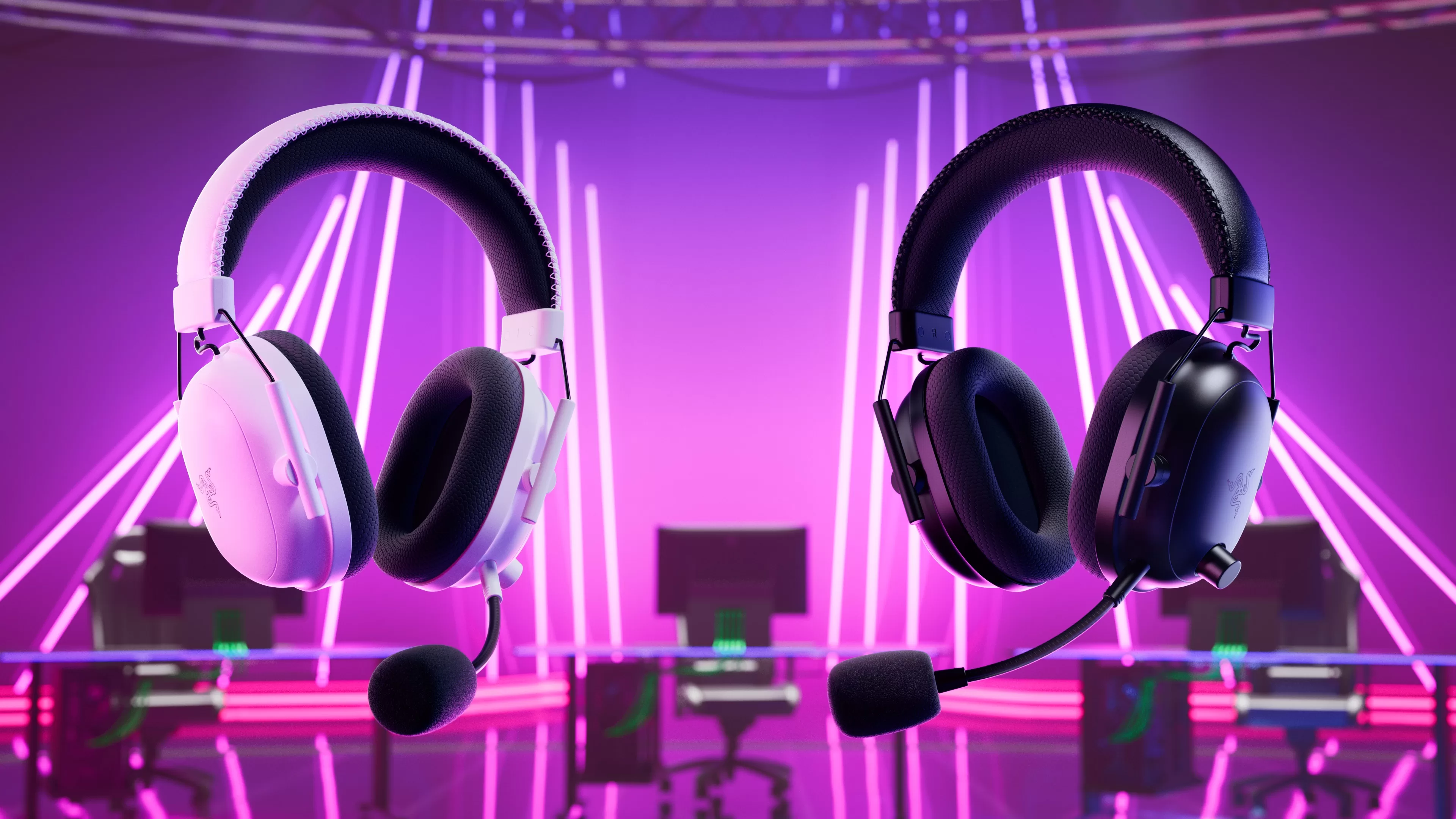
![BlackShark V2 Pro [2023] Render (6)](https://techent.tv/wp-content/uploads/2023/04/BlackShark-V2-Pro-2023-Render-6-1024x768.webp)
![BlackShark V2 Pro White [2023] Render (4)](https://techent.tv/wp-content/uploads/2023/04/BlackShark-V2-Pro-White-2023-Render-4-1024x768.webp)
![BlackShark V2 Pro White [2023] Render (3)](https://techent.tv/wp-content/uploads/2023/04/BlackShark-V2-Pro-White-2023-Render-3-1024x768.webp)
![BlackShark V2 Pro White [2023] Render (2)](https://techent.tv/wp-content/uploads/2023/04/BlackShark-V2-Pro-White-2023-Render-2-1024x768.webp)
![BlackShark V2 Pro White [2023] Render (1)](https://techent.tv/wp-content/uploads/2023/04/BlackShark-V2-Pro-White-2023-Render-1-1024x768.webp)
![BlackShark V2 Pro [2023] Render (5)](https://techent.tv/wp-content/uploads/2023/04/BlackShark-V2-Pro-2023-Render-5-1024x768.webp)
![BlackShark V2 Pro [2023] Render (4)](https://techent.tv/wp-content/uploads/2023/04/BlackShark-V2-Pro-2023-Render-4-1024x768.webp)
![BlackShark V2 Pro [2023] Render (3)](https://techent.tv/wp-content/uploads/2023/04/BlackShark-V2-Pro-2023-Render-3-1024x768.webp)
![BlackShark V2 Pro [2023] Render (2)](https://techent.tv/wp-content/uploads/2023/04/BlackShark-V2-Pro-2023-Render-2-1024x768.webp)
![BlackShark V2 Pro [2023] Render (1)](https://techent.tv/wp-content/uploads/2023/04/BlackShark-V2-Pro-2023-Render-1-1024x768.webp)

